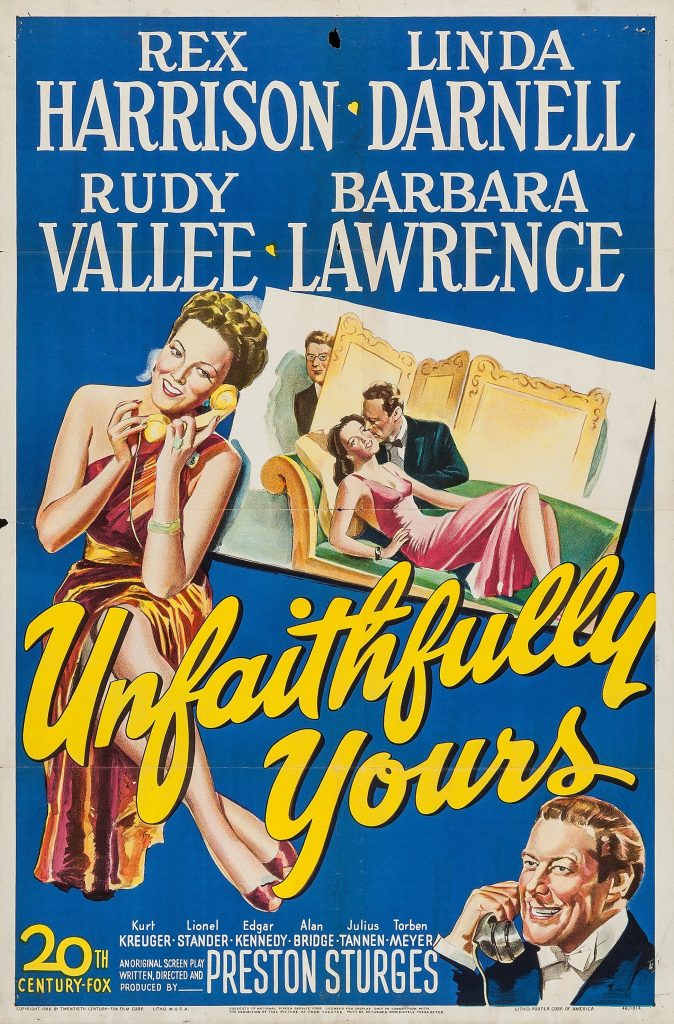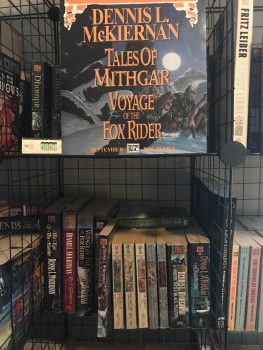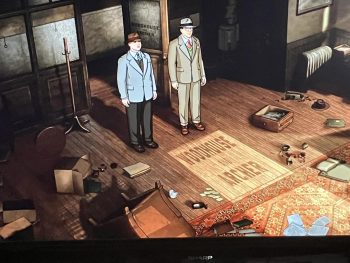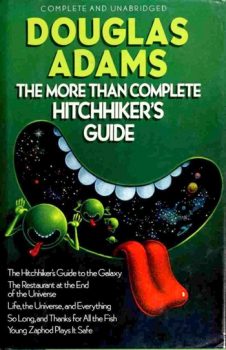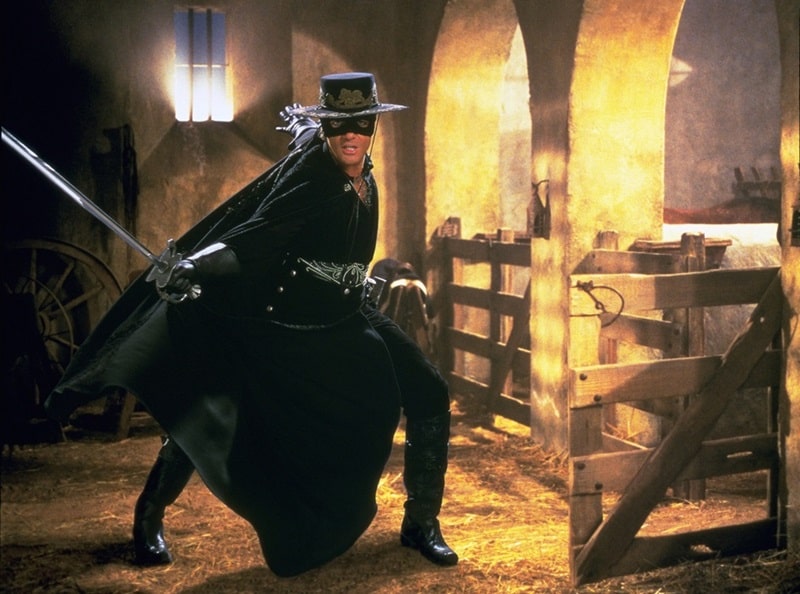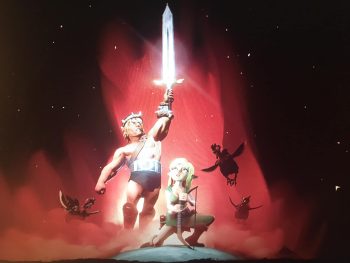Bob’s Books – Shelfie #10 (The US Civil War)
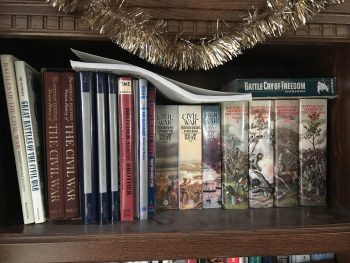 It’s installment number ten in Bob’s Books Shelfie series. Links to the prior shelfie posts can be found at the end of this one. If you’re new to this column, I posted shelfies of over a thousand of my books, in the r/bookshelf subreddit. The mods got too annoying for me, and I quit the group. I already did a post with my shelves related to the American Constitutional Convention of 1787 and that Era. I’m a man of many layers – you just have to keep peeling the onion. I’m also a big US Civil War buff – especially the ironclad battle at Hampton Roads.
It’s installment number ten in Bob’s Books Shelfie series. Links to the prior shelfie posts can be found at the end of this one. If you’re new to this column, I posted shelfies of over a thousand of my books, in the r/bookshelf subreddit. The mods got too annoying for me, and I quit the group. I already did a post with my shelves related to the American Constitutional Convention of 1787 and that Era. I’m a man of many layers – you just have to keep peeling the onion. I’m also a big US Civil War buff – especially the ironclad battle at Hampton Roads.
CIVIL WAR SHELFIE #1
I’ve got three shelves of a pretty nice US Civil War collection. This is the main ‘general’ shelf.
I like map books of CW battlefields, and I’ve got two on the left. Plus that floppy one laying across the top.
The American Heritage Picture History of the Civil War is a nice-looking, slipcase set. Kind of like CW coffee table books. Thick ones…
Those three blue ones are part of a six-volume Battle Chronicles of the Civil War, edited by James McPherson. McPherson (whose classic one-volume history is at the end of this shelf) is one of America’s finest ever CW historians. If I didn’t own so many books not yet read, I’d get the other three of these. Neat series.
